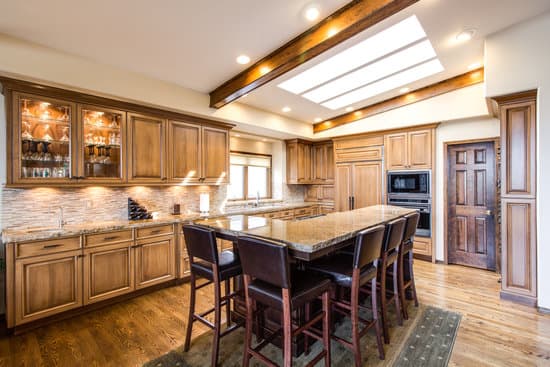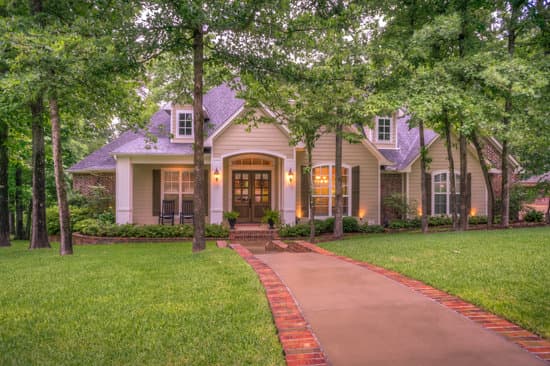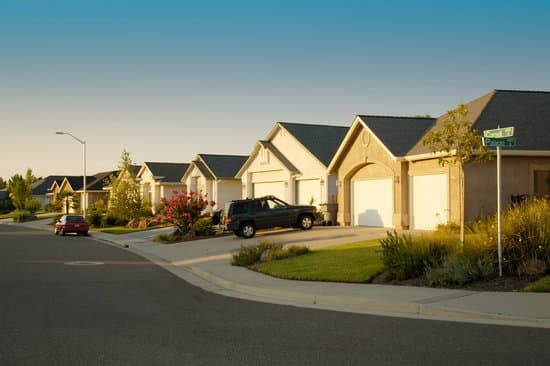Landscaping can be an expensive project, especially when it comes to purchasing plants. Luckily, there are several ways to save money on your landscaping plants without compromising on quality. One of the best ways to save money is to start with seeds instead of buying established plants. This may require some extra patience as you wait for the seeds to grow, but it can save you a significant amount of money in the long run. Here are some additional tips for saving money on your landscaping plants:
Buy smaller plants: While large plants may create an instant impact in your landscaping, they can also come with a hefty price tag. Opt for smaller plants instead, which are often more affordable.
Create the compost yourself: By creating your own compost, you can save money on buying fertilizers and soil. Plus, it’s an environmentally-friendly option!
Sales at the store: Keep an eye out for sales on group plants, which are often discounted in the spring. These plants may not be in full bloom yet, but they are still a great buy and will flourish with a little care.
Save seeds: If you have a garden with plants you love, save the seeds and grow new ones in the future. This is a great way to keep your garden thriving without having to break the bank every year.
Organize a plant and seed swap: This is a fun way to get new plants for your garden without having to pay anything at all. Gather friends and neighbors to exchange plants and seeds that you no longer need.
Utilize recycled materials: Get creative with recycled materials like old tires or pallets to create unique planters for your garden. This is a cost-effective way to add some personality to your landscaping.
Create your own plant collection using trimmings: If you have friends or neighbors with established landscaping, ask if you can take some trimmings from their plants to grow your own. Many plants can grow from just a small cutting, which can save you money and add some diversity to your garden.
With these tips, you can save money on your landscaping plants without sacrificing the beauty and integrity of your garden. Get creative and have fun with it!




















